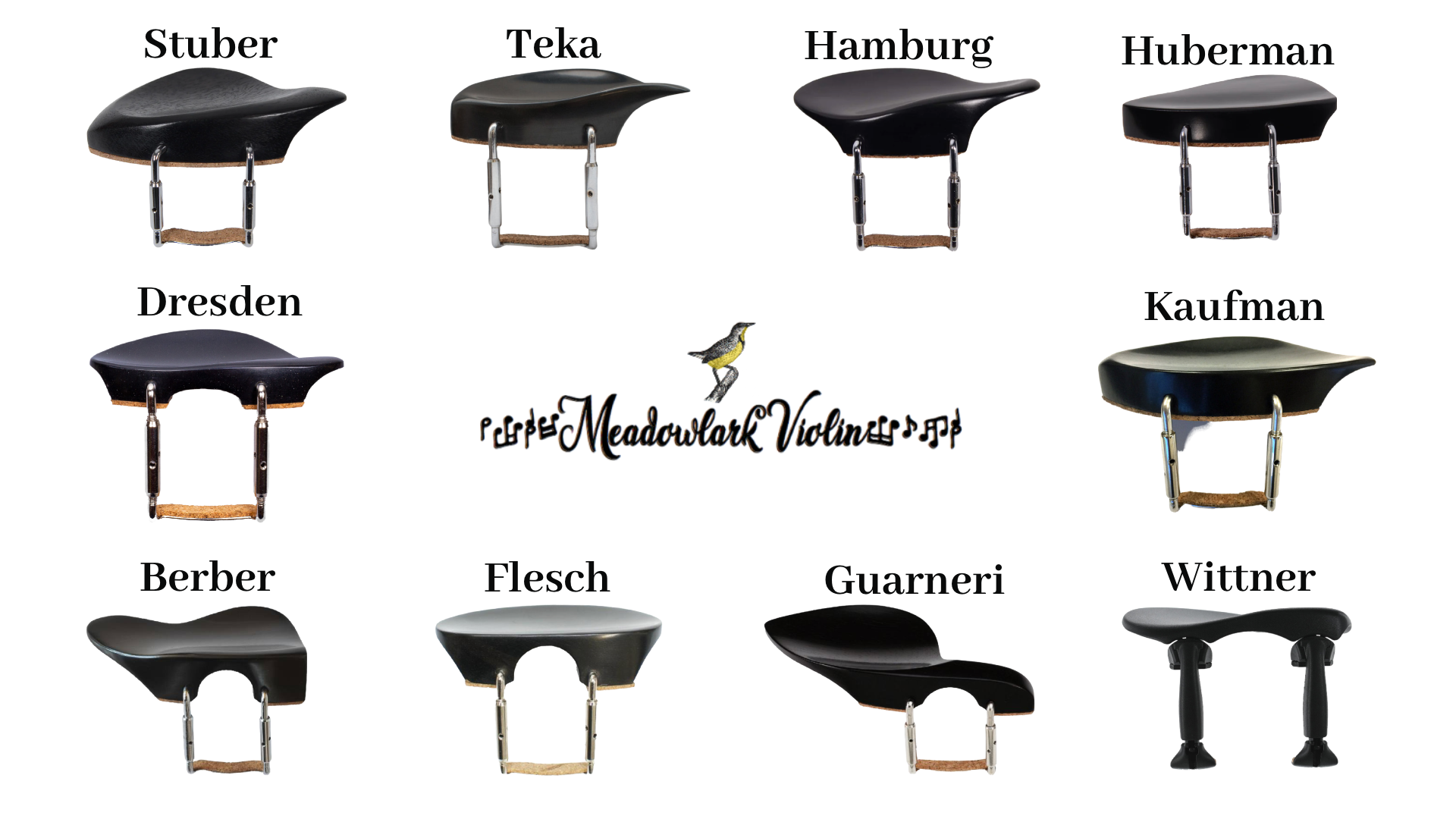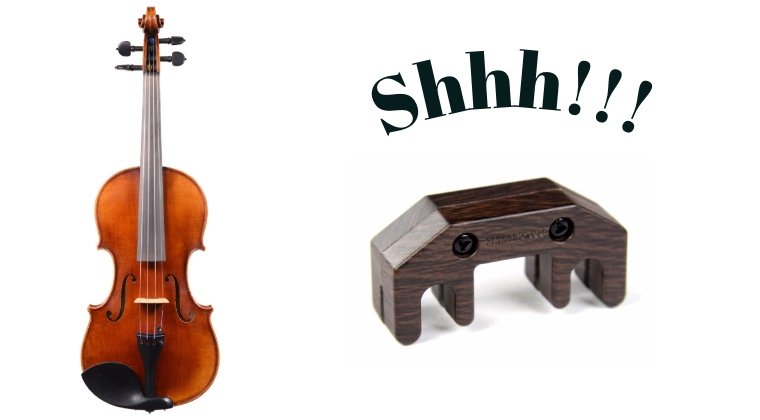How to Play with a Straight Bow on the Violin
/
Playing with a straight bow is essential to producing a great sound on the violin—but you already knew that. Getting your arm to move a three foot stick up and down in a perfectly straight line while simultaneously moving it horizontally to make string crossings, now there’s the trick. Add in slurs, dynamics, different bowings, rhythms, oh yeah, and whatever your left hand is doing, and you can see why violin is such a challenging instrument.
If you’re just staring to learn violin, or maybe you’ve been playing for a while and you’re wondering why your bow sounds scratchy, crunchy, or any other nasty sounds, there’s a chance it’s because your bow isn’t straight. If you’re wondering how to keep the violin bow straight and get a good tone, you’re in the right place. Having a straight bow is hard, there’s no doubt about it. But if you approach it the right way, you can be playing with a straight bow, without having to devout 100% of your mind to it, pretty quickly. The key is developing muscle memory, but we’ll get to that in a second. First, let’s take care of a little housecleaning. There are a couple things you want to make sure you are doing correctly before beating yourself up about your crooked bow.
A nice, straight bow.
1. Know what a straight bow is. A straight bow means your bow is always parallel to the bridge and your bow is contacting the string in the center between the fingerboard and the bridge. The place where the bow contacts the string in relation to the fingerboard and the bridge is called the contact point. It’s the whole reason this straight bow things is a big deal. If your bow is at an angle and part of it is close to the bridge and the tip is pointing in the direction of your scroll, your contact point is messed up and trust me, you’ll hear it.
2. Make sure you are holding the bow correctly. Check out my video on holding the bow correctly without any tension. You also want to make sure your wrist and elbow are level (while playing in the middle of the bow) and your fingers curve down below the wrist to let the bow hang from the fingers. You shouldn’t be playing with the bow hair flat, but slightly tilted so the bow hair is facing towards you a little.
3. Make sure you are holding your VIOLIN correctly. This is one many people overlook. What does holding the violin have to do with your bow? A lot actually. The violin should be pointing to your 9:00 position directly off your left shoulder. It should be level with the scroll neither pointing up or down. Many people hold their violin with the scroll pointing towards 10:00 or 11:00. This brings the fingerboard closer to your bow and makes it impossible to NOT play over the fingerboard.
4. Keep your right upper arm still. If you are swinging your upper arm from the shoulder, you are moving your arm in a circular motion. Circles and straight lines do not mix.
Daily Exercises for a Straight Bow
Muscle memory is the key here. To practice having a straight bow, you need to warm-up every day on just open strings. No left hand—that’s an order. Developing muscle memory means you need to devote all of your attention on keeping that bow straight. You don’t have to spend hours doing this. The more the better of course, but if you only spend a few minutes warming up with open strings you’re doing better than no open strings at all.
Notice how it’s impossible to tell if the bow is at an angle when you are looking from the side.
To ensure you aren’t wasting your time doing this, you MUST play open string exercises in front of a mirror. It’s almost impossible to use your peripheral vision to see if your bow is straight or not. You can’t trust what your eyes are telling you. Look in a mirror. Make sure you can only see the top line of the bridge, not the sides. Now see how easy it is to tell if your bow is parallel to the bridge? You must only see the top line of the bridge. Since the whole goal of having a straight bow is keeping it parallel to the bridge, it’s a waste of time to try and make something stay parallel to a curved line.
Make sure you adjust yourself so you can only see the top line of the bridge when practicing in front of a mirror. Now you can easily see if your bow is at an angle (like this picture!)
Don’t feel like you have to practice this entire list everyday. In fact, don’t. For several weeks, stay on numbers 1-2 and eventually add the next step.
1. Down up down up: start off playing 4 bows on each string in the middle of the bow. Watch yourself in the mirror. You’ll be able to tell immediately when your bow is crooked and be able to correct it. Yes, at first it is like trying to walk a cat on a leash, but eventually your muscles will start to understand what you want them to do. You could spend hours in a lesson with your teacher telling you “a little to the right, not too much, now back to the left.” But nothing compares to practicing in a mirror—this makes you your own teacher.
2. Rhythms: Staying in the middle, now practicing moving your bow with different rhythms. This makes you move your bow at different speeds, giving your muscles something else to practice. Any short, repeatable rhythm works. Try my beginner rhythms.
3. Repeat steps 1-2 at the tip. This requires you to push out with your bow to keep it straight. Notice your fingers are also leaning into your bow and your pinky might even come off the stick.
4. Repeat steps 1-2 at the frog.
5. Repeat step 1 with the entire bow—starting at the frog and going all the way to the tip. Some of the rhythms might be difficult to play using the entire bow, so don’t give yourself a hard time. Once you get to full bows, concentrate on even, equal tones. Once you get to this stage, do this every single day! Work on getting smoother string crossings, connecting the bow changes, having equal tone whether you are playing at the tip or the frog. There are a million things to think about with open strings! In fact, if you only have a few minutes to practice, I would do this step and nothing else. You’ll make more progress doing this than trying to cram in everything you’re learning.
6. Add in slurs. Slur all 4 open strings in one down bow and then in one up bow.
7. Add in dynamics. Play forte, then piano, then do decrescendos from from frog to tip and tip to frog, then crescendos from frog to tip and tip to frog.
This whole muscle memory thing can difficult to understand. When I was struggling with this, a teacher once told me it takes 10,000 open strings before your muscles really understand what to do. If you are at open string straight bow number 2,347 and getting frustrated, here are a couple other exercises to help you get the hang of it.
1. Ring on top. When concentrating on straight bows, most students focus entirely on the bridge and the bow and forget about the tip entirely. Do the exercises watching your tip. Better yet, place a ring, cheerio, or lifesaver on the tip of the bow. Now try to play without the object falling off. You have to keep your bow straight.
3. Hold your right upper arm. If your arm won’t stop swinging from the shoulder, take your left hand, reach over, and grab your bicep while playing. This will keep your arm from swinging.
4. Buddy bowing. Hold your violin and bow as usual but have a friend hold the stick and make the bow stay straight while you concentrate on what your muscles are doing. Repeat ad nauseam.
Keep in mind, having a straight bow 100% of the time is not something that will happen with one or two practice sessions. It takes time. Do a little bit every day and you’ll be well on your way!
I’ll show you exactly how to keep a straight bow and common problems that I see students make in my Complete Beginner’s Course (it’s not just for beginners—intermediate students love it too!) The course is part of my Online Studio Membership which includes over 20 courses and 800+ lessons, including more courses on bow control like The Secret to Better Bow Control. Learn more here.
Happy Practicing!




















